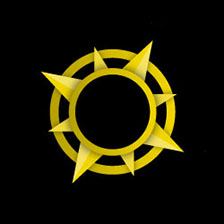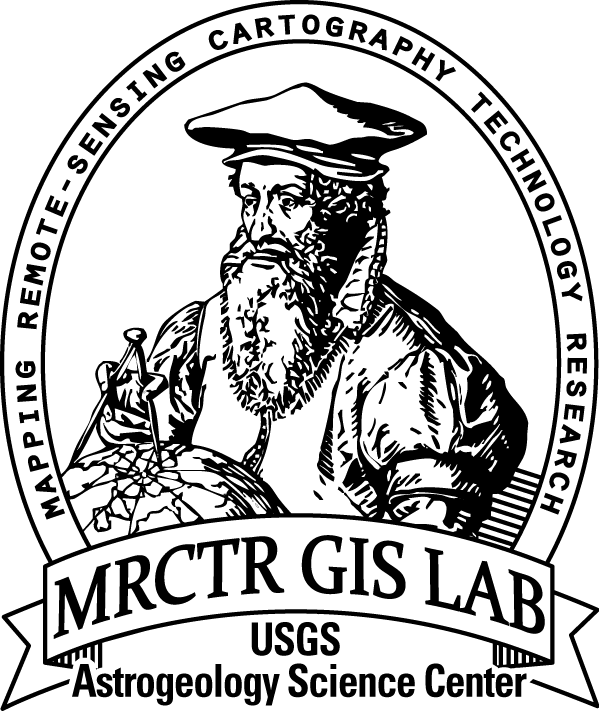Individual, cartographically controlled and cosmetically processed Lunar Orbiter (LO) global and very high resolution digital frame mosaics are now available for download via HTTPS from the PDS Imaging Node's site. This online data collection includes versions of the global medium (200-1000m) and high (40-200m) resolution frames that were used to create the Lunar Orbiter mosaic as well as very high resolution medium (4-34m) and high (0.5-4m) resolution frames cartographically controlled to the LO global dataset. These products are available in both an ISIS 2 (cube) and GeoJpeg2000 format, in equirectangular (for 'equatorial') or polar stereographic projection. We provide these files through this download site.
Constructed LO frames for the global product are being made available at 100-micron resolution through Lunar Orbiter PDS archive. Concurrent with the global project effort was also a task to digitize and archive many of the near-side, low altitude LO photography. LO mission III photographed areas primarily to locate and confirm suitable landing sites for the Apollo program (designated as primary (P) and secondary (S) sites). The most promising landing sites were certified during LO mission V, which also imaged a number of sites of scientific interest. Ground resolutions for both data sets ranged from 1 - 40 m.
A Lunar Orbiter global mosaic is available through the PDS Map-a-Planet web site. This LO mosaic has been tied to the Unified Lunar Control Network (ULCN) 2005, and was constructed with frames from LO missions III, IV, and V; both high and medium resolution cameras. More information regarding this digital mosaic will be made available on the Map-a-Planet web site.
Background
Lunar Orbiter (LO) images were photographic products acquired on the spacecraft during those five missions (LO-I through -V). Each LO exposure resulted in two photographs - those recorded by the 80-mm focal-length lens are referred to as medium-resolution frames; and those recorded by the 610-mm focal length lens are referred to as high-resolution frames. The full LO dataset consists of 967 medium resolution (MR) and 983 high resolution (HR) frames. Due to their large size, HR frames have traditionally been divided into three sections (referred to as sub-frames).
Prior to being placed onboard the spacecraft, the photographic film was exposed with strip numbers, a nine-level grayscale bar, resolving power chart, and reseau marks. The original photograph was scanned into a series of strips onboard the spacecraft and then transmitted to Earth as analog data. Photographic prints from these film strips were hand mosaicked into sub-frame (for HR data) and full-frame (for MR data) views and widely distributed. The resulting outstanding views were of generally very high spatial resolution (e.g., ~1 to 1000 m, depending on the mission) and covered a substantial portion of the lunar surface. However, these products contained anomalies such as "venetian blind" striping, missing or duplicated data, and frequent saturation effects that hampered their use.
Notes about Image Artifacts
Artifacts of various dimensions and occurrences may be observed in some of the photographs. These artifacts are directly related to the methods of film development, the readout system, the video data, or the ground reconstruction electronics (GRE). Processing performed by USGS does not attempt to remove or correct these artifacts. Examples of such artifacts can be seen in global sub-frames 085H3, 053H3 and 143H3, as well as in very high resolution LO III frame 145M and LO V sub-frame 067H3.
For additional details about the scanning and processing of the Lunar Orbiter data, see LPS abstracts indicated below.
























